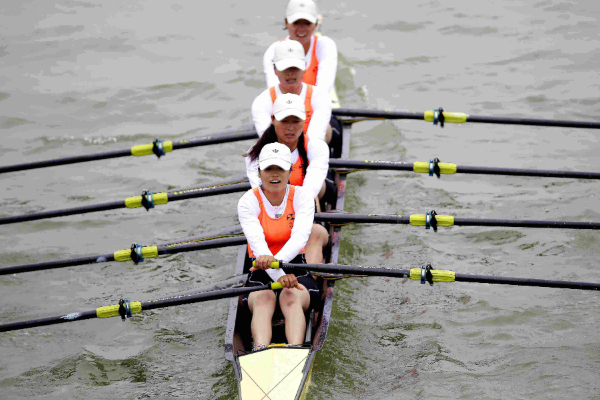The tartan kilt has long been the most recognisable cultural tradition of the Highland Scots. It has now become the standard dress for all "Highlanders", has its origin in an older garment called the belted plaid. The Gaelic word for tartan is breacan, meaning partially colored or speckled, and every tartan today features a multicolored arrangement of stripes and checks. These patterns are used to identify the clan, family, or regiment with which the wearer is associated.Kilts have become normal wear for formal occasions, for example being hired for weddings in much the same way as top hat and tails are in England or tuxedos in America, and the kilt is being worn by anyone regardless of nationality or descent. Although a white tie style exists, the more common style of formal Highland regalia is seen in Black tie.Kilts have increasingly become more common around the world for casual wear. It's not uncommon at all to see kilts making an appearance at Irish pubs, and it is becoming somewhat less rare to see them in the workplace. Casual use of the kilt can be dressed down with black boots, white socks rolled down to the top of the boot, perhaps with a black tee shirt. Or it can be a little more dressed up with woolen kilt hose, a button up shirt, sweater, and perhaps even a sport jacket. The small ornamental Sgian Dubh dagger may be omitted.The modern tailored kilt is box-pleated or knife-pleated, with the pleats sewn in and the lower edges reaching not lower than the centre of the knee-cap. Nowadays a lighter weight of cloth tends to be used. The kilt is traditionally for men only, although in the modern era, women have also taken up the kilt as well as dresses patterned after kilts, and women pipers frequently wear kilts. Kilten skirts for girls are also worn.As with any other form of dress, the kilt is subject to the vagaries of fashion. Since the 1980s, kilts have appeared in such materials as leather, denim, polyviscose, and acrylic. Solid colors have also been used in place of tartan, as well as camoflage patterns. While these garments may be disliked by traditionalists, they provide evidence that the kilt still has a place in the modern fashion world and continues to evolve. (Saffron coloured kilts favoured by many Irishmen are solid colour and traditional.)Kilts have also made an appearance in Wales and Cornwall for special occasions. In these two Celtic regions the kilt is closely linked to the Celtic revival movements of the 19th and 20th century. The English county of Northumberland also possesses a tartan, and some Northumbrians, most notably Northumbrian pipers, wear kilts.——————————————————————————————————————————————————————————The naked truth about what Scotsmen wear under their kilts has been revealed -- absolutely nothing.Braving the chilly Scottish weather, seven out of 10 men follow tradition and go naked beneath the country''s national dress, according to a survey.Highland tradition dictates men should wear nothing beneath their pleated skirts, in accordance with the punning saying: "Nothing is worn beneath the kilt -- it''s all in perfect working order."For those not brave enough to "go commando", the survey found boxer shorts with a tartan design were the second most popular choice.Scotsmen have worn kilts for hundreds of years, shrugging off jibes from south of the border.Kilt makers have moved with the times, recently unveiling a design with a pocket for a mobile phone.
声明:易商讯尊重创作版权。本文信息搜集、整理自互联网,若有来源标记错误或侵犯您的合法权益,请联系我们。我们将及时纠正并删除相关讯息,非常感谢!




